Researchers Uncover Hidden Mountains Lurking Beneath the Ocean
Scientists aboard the vessel Falkor made an astonishing discovery off the coast of South America: four massive underwater mountains.
These “seamounts” range from 5,200 to 8,800 feet tall, revealing just how much of our oceans remain unexplored.
Mapping the Unknown
Using advanced sonar equipment, the team detected these seamounts while investigating gravity anomalies during their journey from Costa Rica to Chile.
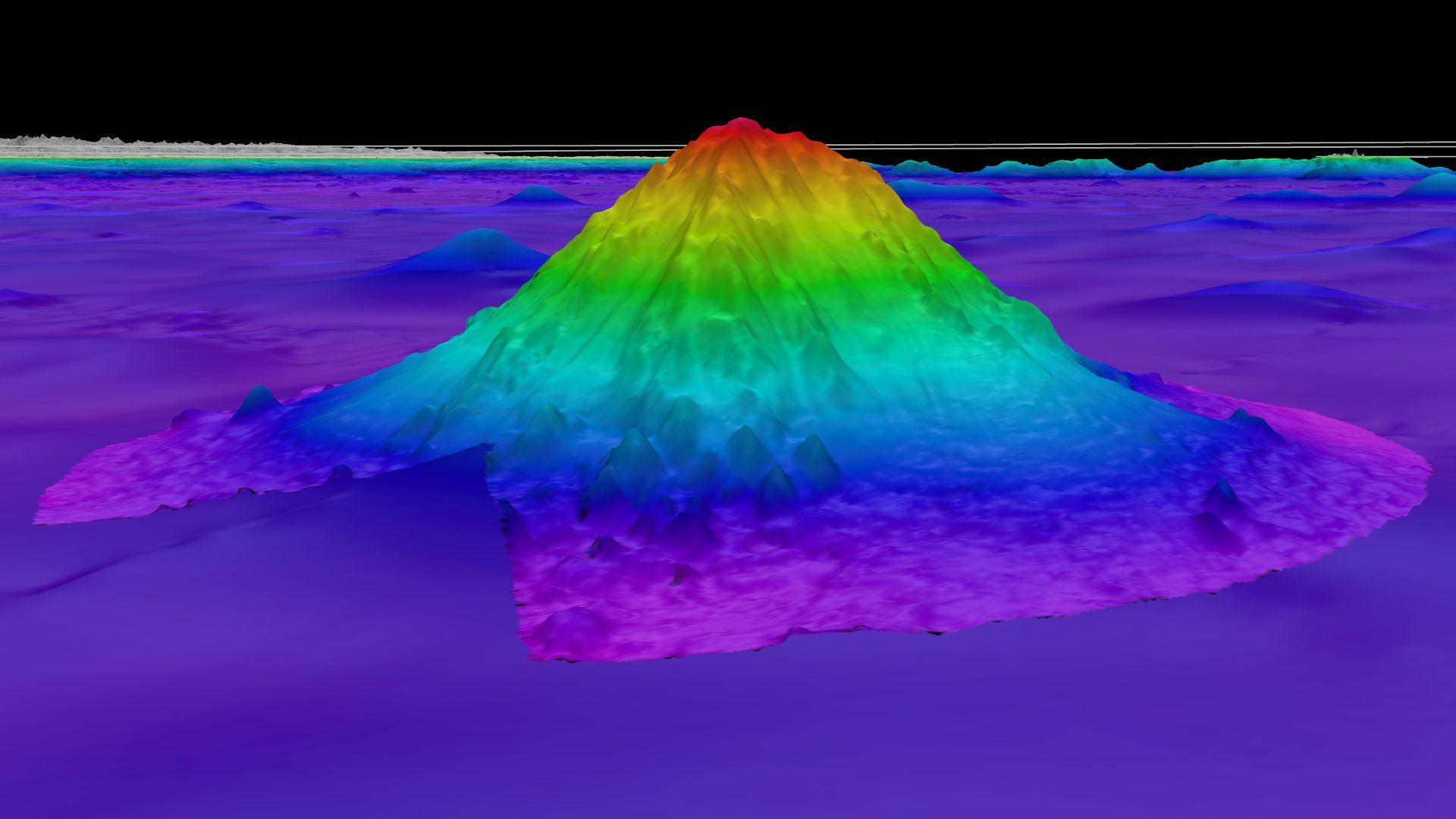
Source: Schmidt Ocean Institute
These anomalies often indicate unseen masses, in this case, entire mountains. Jyotika Virmani of the Schmidt Ocean Institute emphasized the significance of finding four such structures.
Teeming with Life
Seamounts are known for their rich biodiversity.
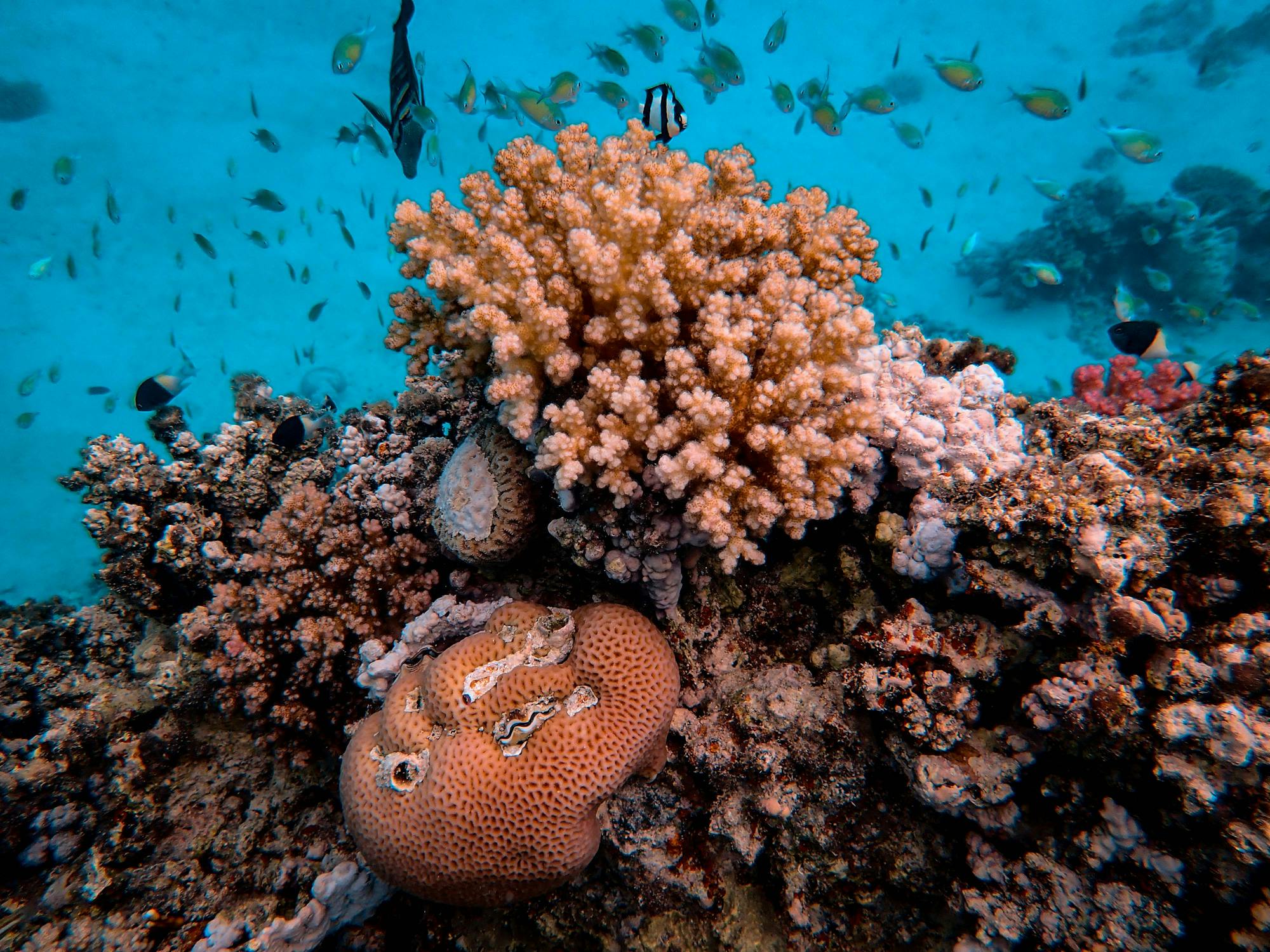
Source: Francesco Ungaro/Pexels
Last year, for instance, an international team, including Virmani, made a fascinating discovery: a deep-sea octopus nursery near a low-temperature hydrothermal vent by a previously unknown seamount off the coast of Costa Rica.
A Fraction of What Lies Beneath
To date, Virmani’s team has discovered 29 seamounts. This is just a tiny fraction of the estimated 100,000 seamounts that are at least 3,300 feet high.
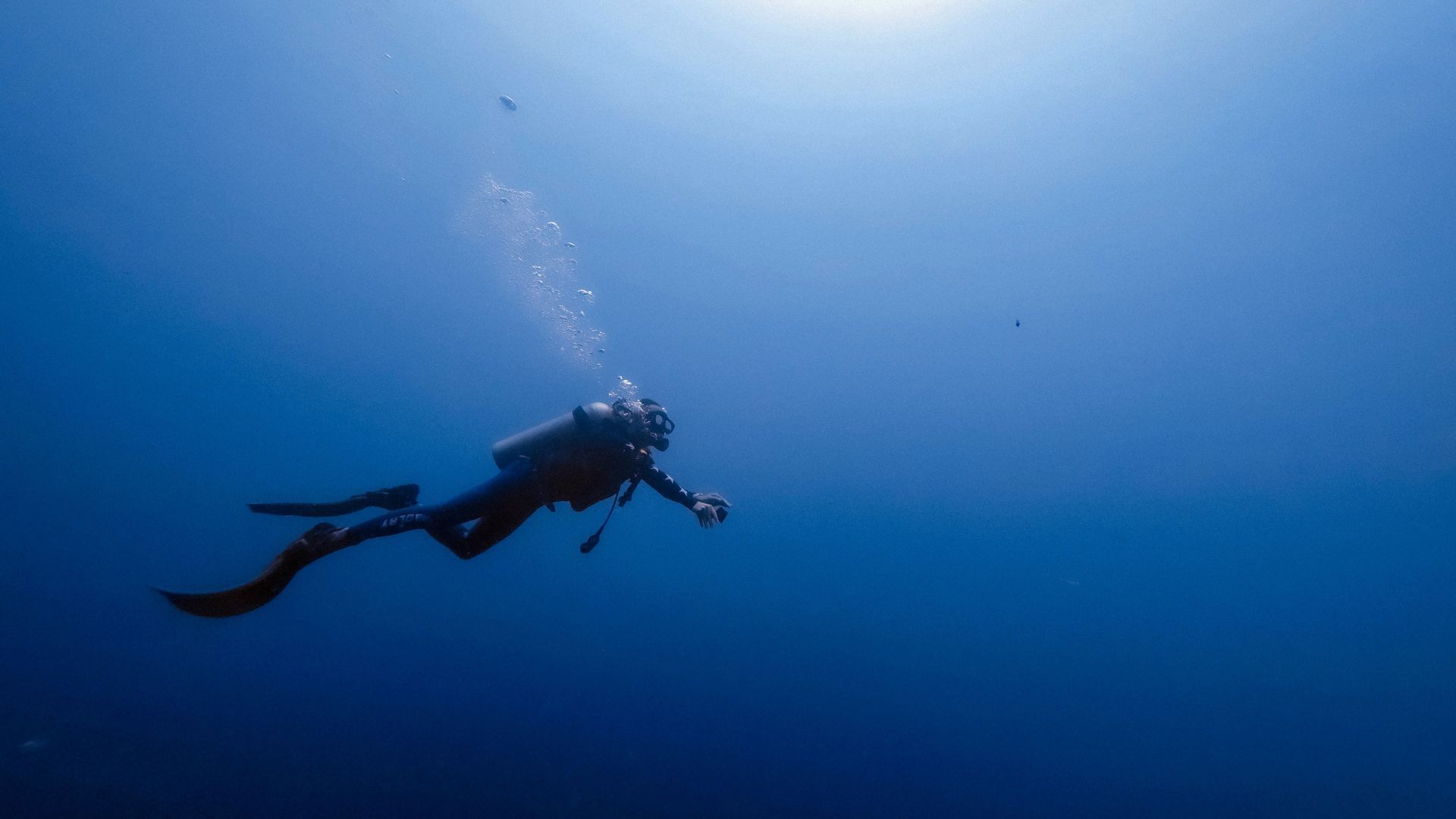
Source: Bobbi Wu/Unsplash
The ocean remains one of the least explored regions on Earth, with over 80 percent still unmapped.
Global Satellite Observations
A recent study examining global satellite data concluded that nearly 20,000 seamounts remain undiscovered, despite over 24,600 already being mapped.
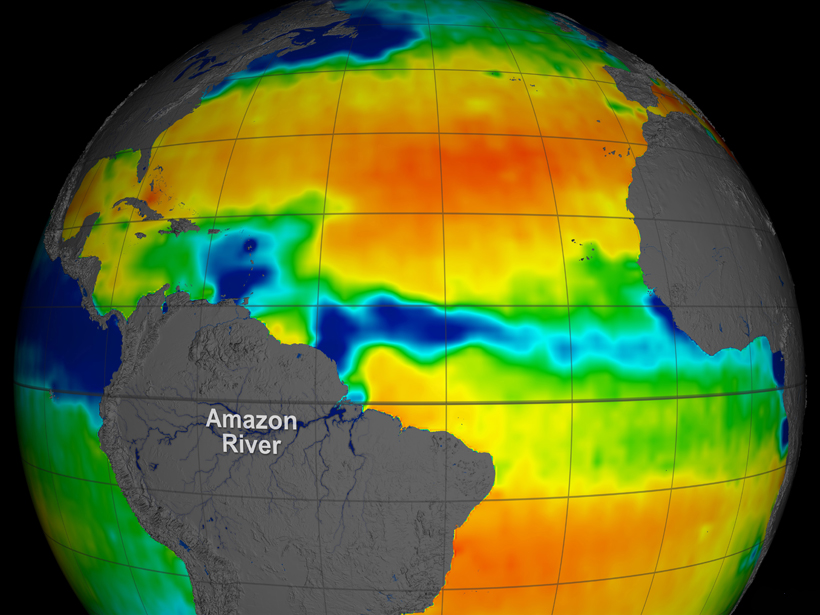
Source: NASA Goddard Space Flight Center
This finding demonstrates the vastness of uncharted ocean territory that scientists are eager to explore.
Quotes from Experts
“The tallest is over one-and-a-half miles in height, and we didn’t really know it was there,” said Jyotika Virmani.
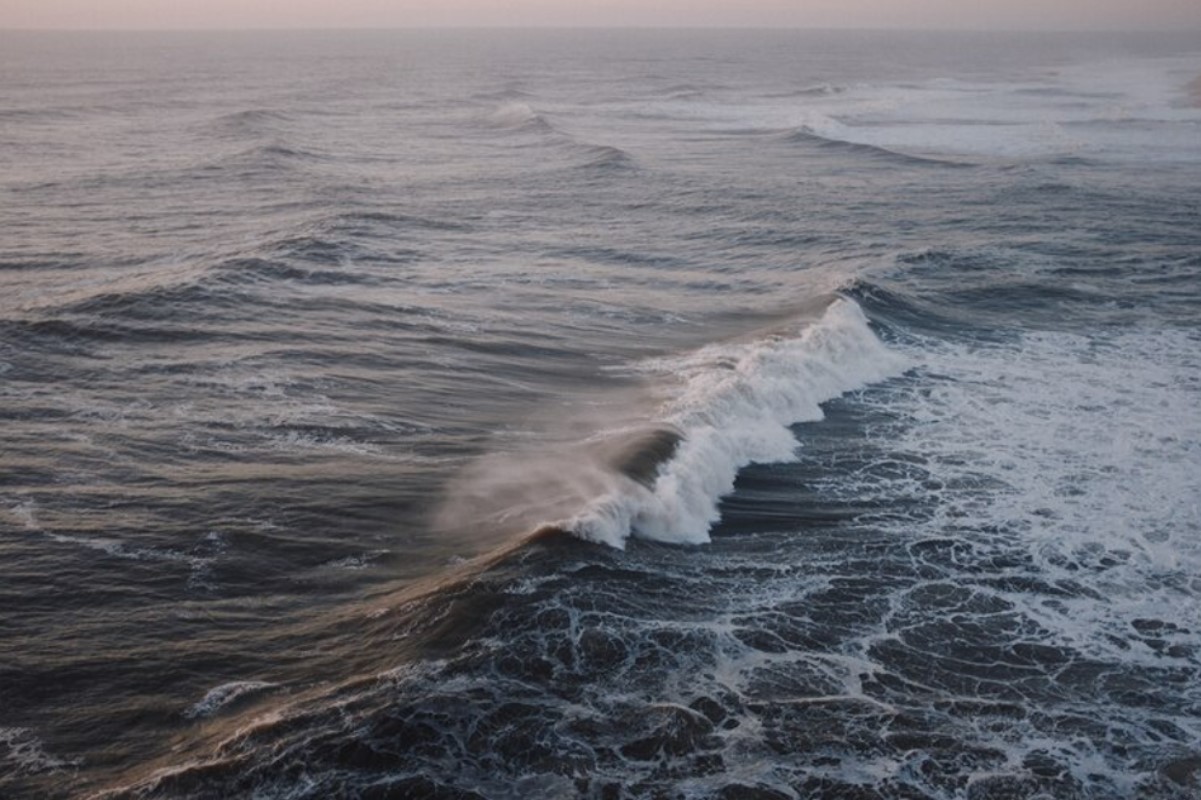
Source: Wikimedia
“It does show how much we don’t know of what’s out there.” Her insights underline the continuing mystery of our oceanic frontiers.
Importance of Seafloor Maps
Kerry Howell, a marine biologist at the University of Plymouth, highlighted the need for comprehensive seafloor maps.
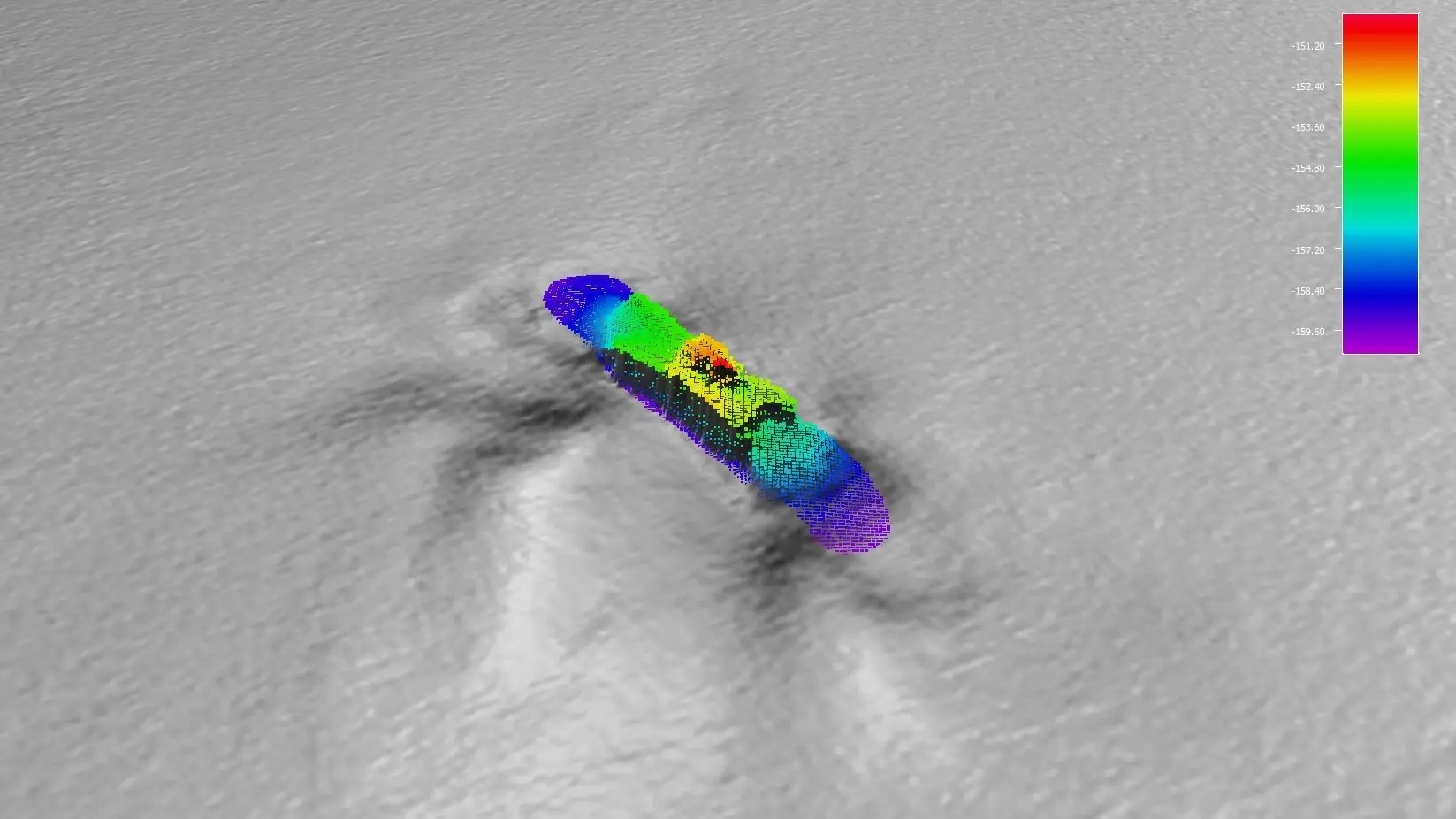
Source: CSIRO
“The fact that we don’t have maps of our seafloor is crazy,” Howell stated. Mapping these regions is crucial for understanding ocean ecosystems and biodiversity.
High-Tech Mapping Techniques
Fortunately, high-tech mapping techniques are helping scientists gain a better view of the seafloor.
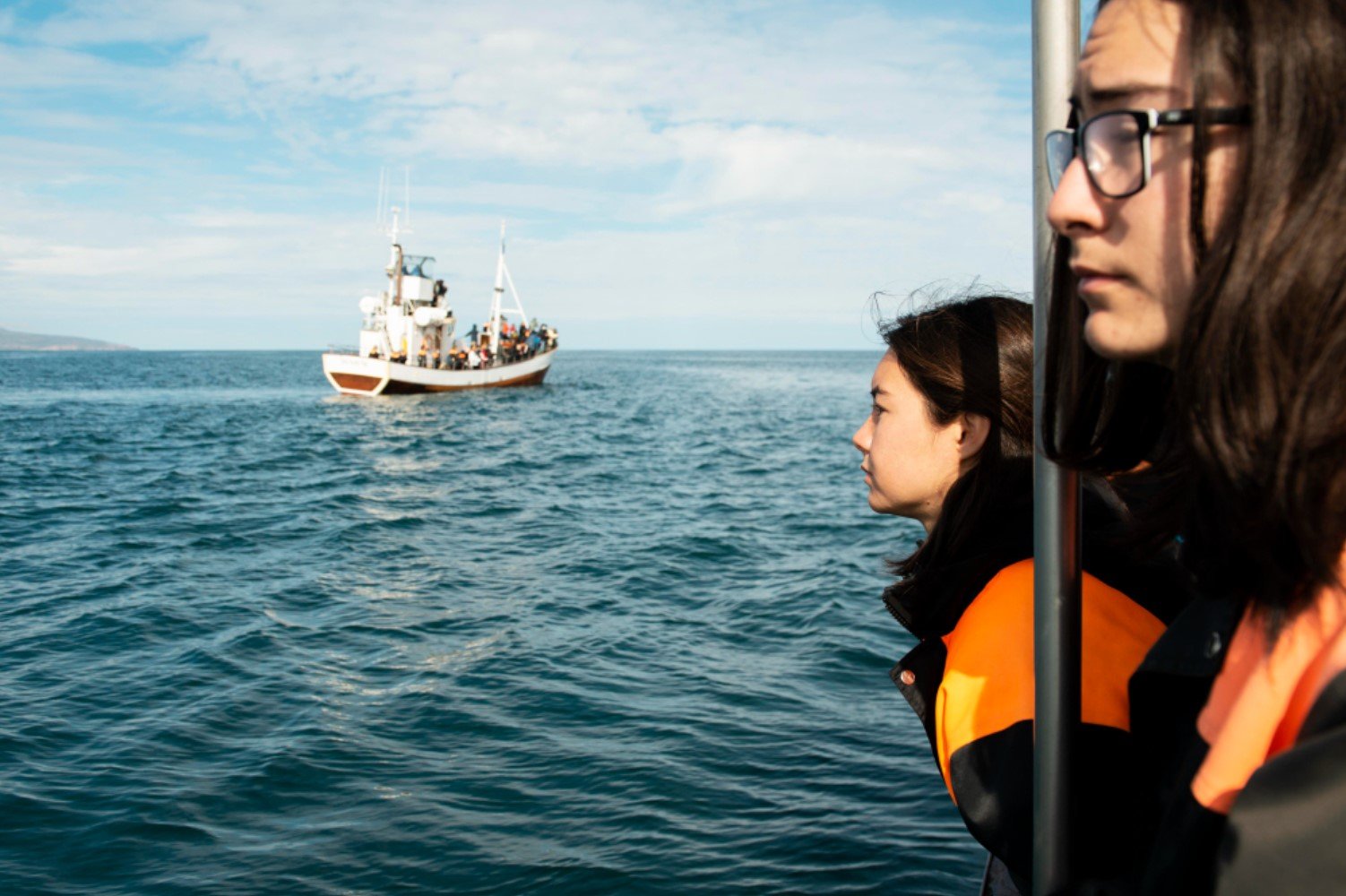
Source: Freepik
These advancements are crucial for ongoing conservation efforts and for understanding the biodiversity that these hidden giants support.
Biodiversity Hotspots
Seamounts often serve as biodiversity hotspots. Their sloped sides provide habitats for various marine species, making them essential for ecological studies.
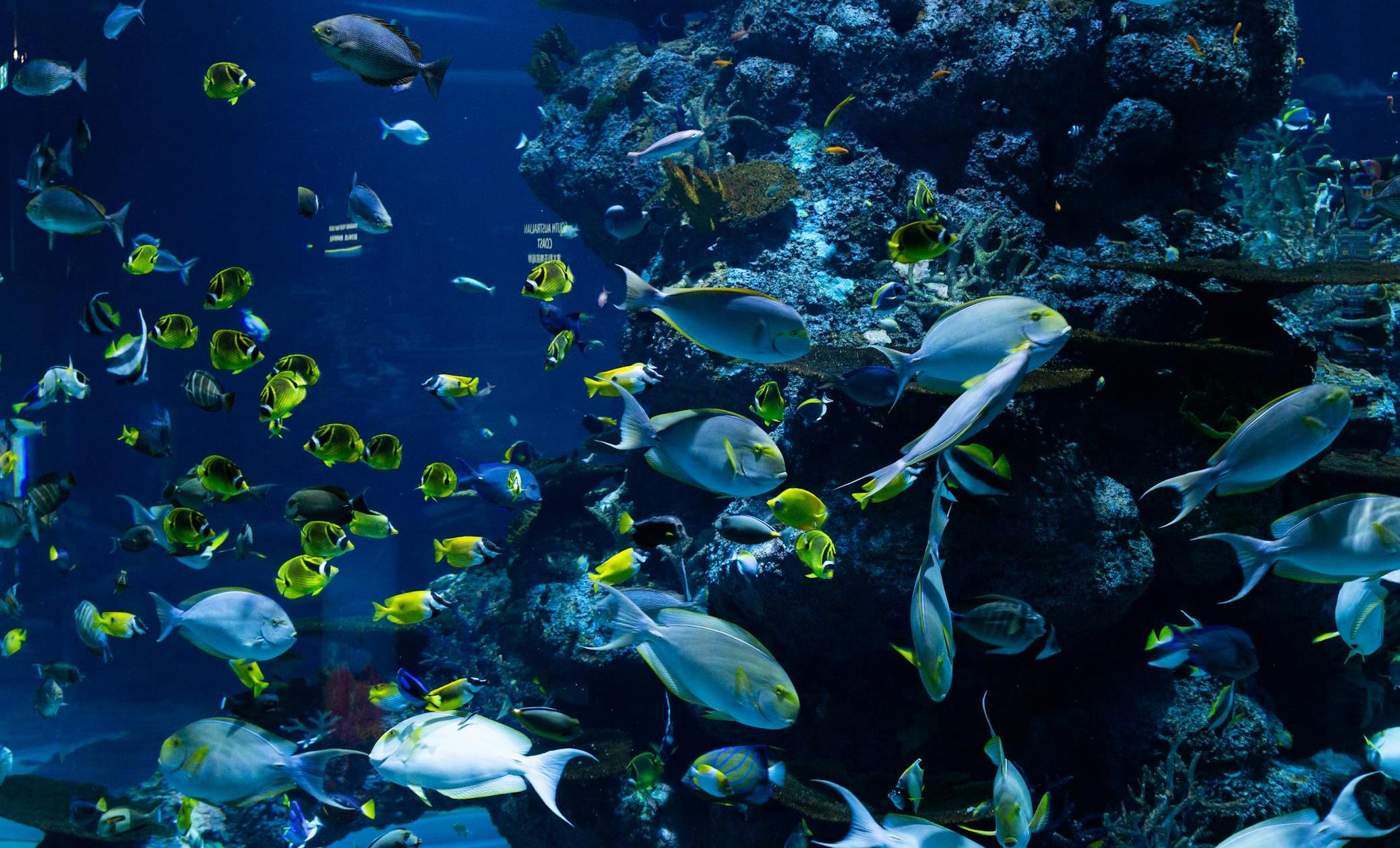
Source: Hung Tran/Pexels
Discovering new seamounts opens up opportunities for further research into marine life.
Future Expeditions
The team’s journey from Costa Rica to Chile marks only the beginning of many future expeditions.

Source: Freepik
With each new discovery, scientists hope to uncover more about these underwater mountains and the life they support.
International Collaboration
Discovering and studying seamounts often involves international collaboration. Scientists from various countries work together, sharing data and resources, to uncover the mysteries of the deep sea.

Source: Cytonn Photography/Pexels
These partnerships are key to advancing our understanding of the ocean.
The Road Ahead
While much has been discovered, the journey to fully map and understand our oceans is far from over.
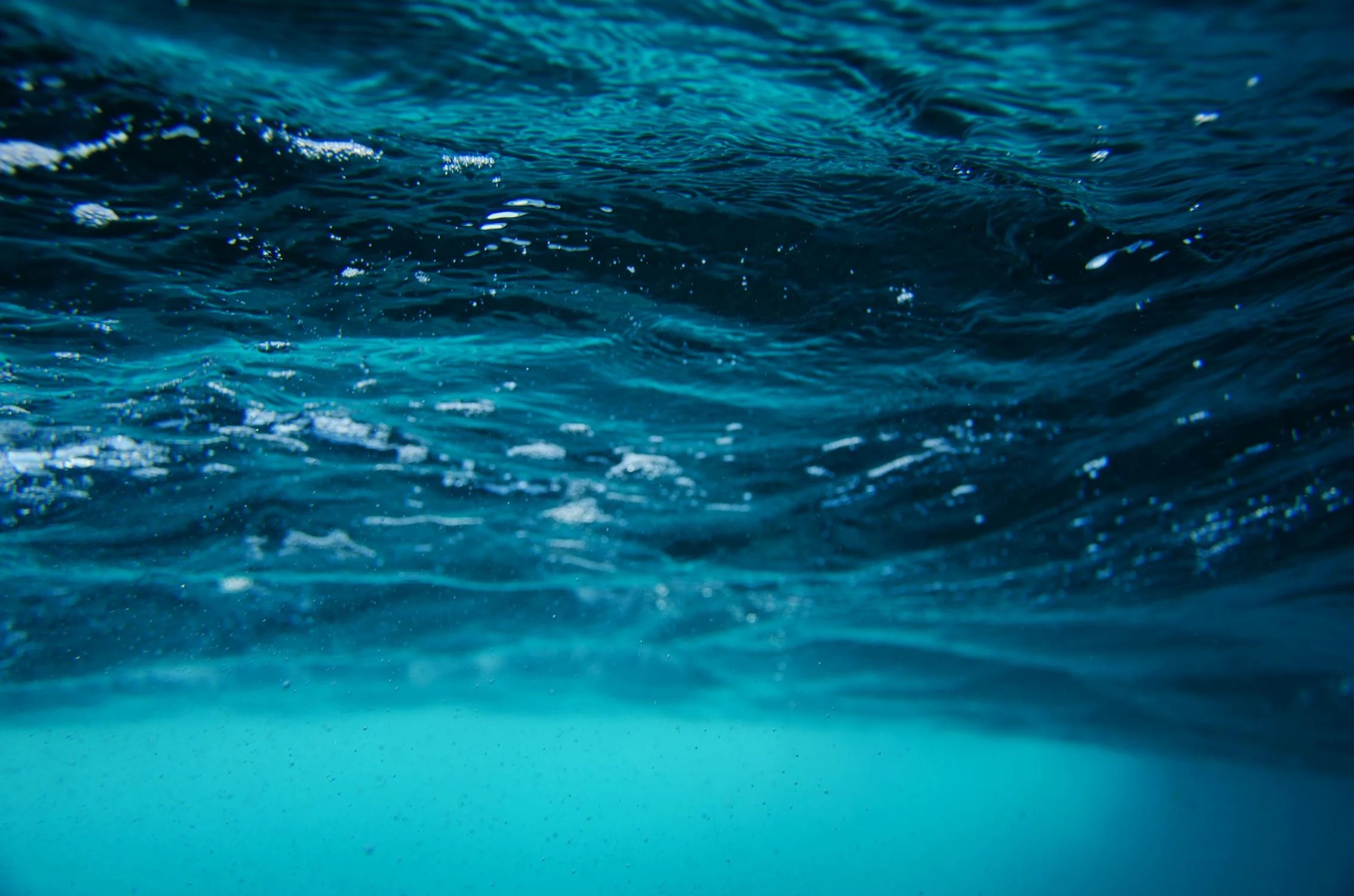
Source: Emiliano Arano/Pexels
Researchers remain committed to exploring these hidden giants, shedding light on the unknown and unlocking the secrets of our planet’s last frontier.
